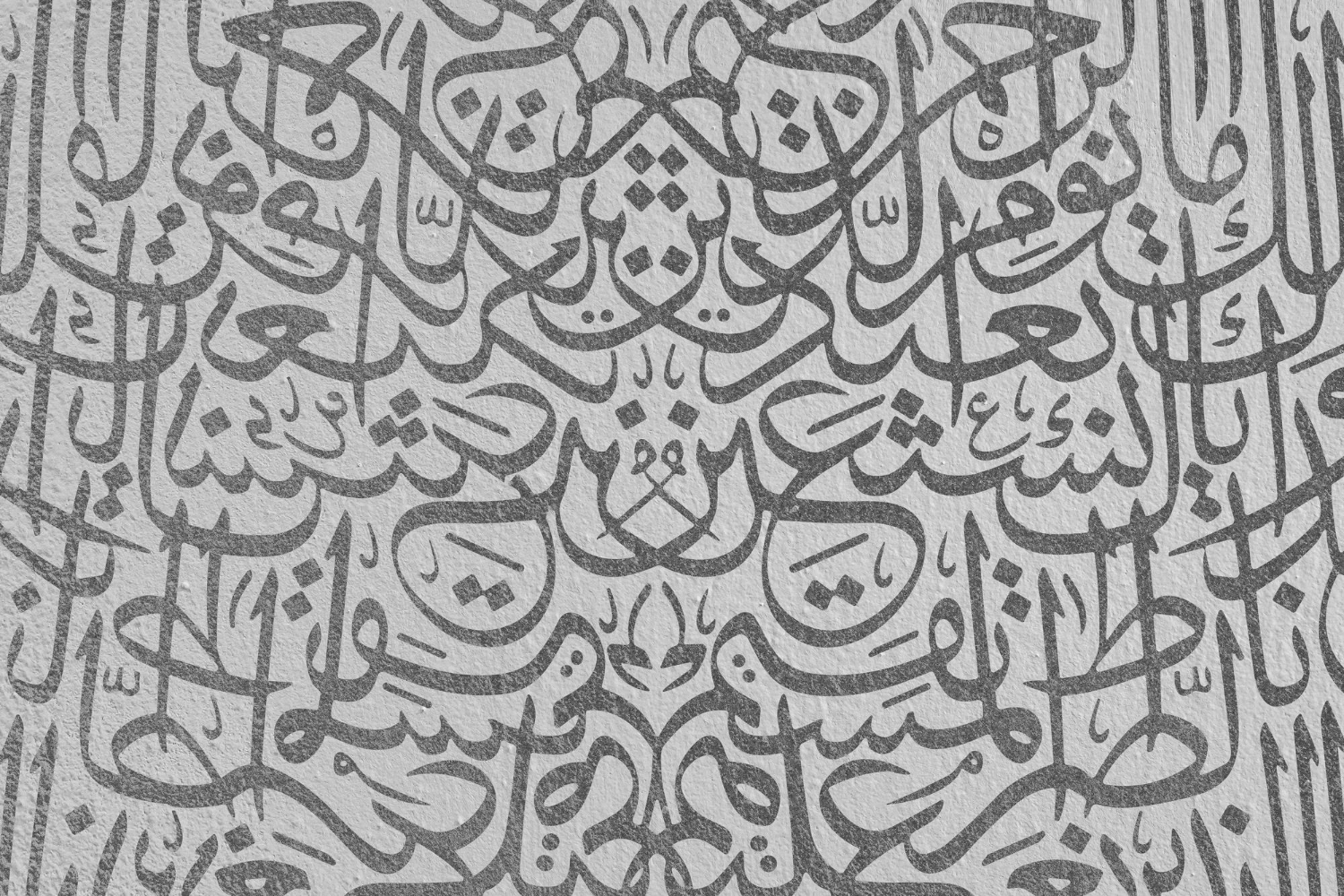By TruTed • 2025-10-15

Successful Arabic/English sites aren’t just translated; they’re structured for discoverability and smooth UX. This guide covers the essentials: information architecture, hreflang, RTL interface patterns, keyword research in both languages, and performance with Arabic fonts.
Use language subfolders like /ar/ and /en/ so each language has its own URL. Mirror navigation, breadcrumbs, and footers across languages so content stays in sync. Keep a visible language switcher on every page.
Add self-referencing hreflang tags for each version (ar and en) and include an x-default that points to a neutral selector or homepage. Make sure every language page maps to the exact counterpart to avoid duplication.
Apply dir="rtl" on Arabic pages only. Prefer logical CSS properties (margin-inline, padding-inline, inset-inline) instead of left/right to reduce overrides. Flip directional icons and carousels. Keep numerals consistent across the site.
Don’t rely on literal translation. Validate Arabic and English queries separately and build separate topic clusters for each language because SERPs and search intent differ. Use native copywriting or human-edited translations.
Write unique titles, meta descriptions, and H1s per language. Avoid mixing languages in the same tag. Localize trust signals—contact details, policies, currencies, and payment options—in both languages. Use real text instead of images for Arabic body copy.
Preload the primary Arabic font, subset glyphs, and use font-display: swap. Serve responsive WebP/AVIF images and inline critical CSS. Avoid render-blocking sliders and initialize heavy components after first paint.
Missing or incorrect hreflang mappings, mixing languages on the same URL, and using images for Arabic text (which hurts SEO and accessibility).
Bilingual success comes from solid architecture, correct language signals, native content, and fast performance. If you need an audit or a clean AR/EN rollout, our team can plan, implement, and measure the results end-to-end.
Get Support